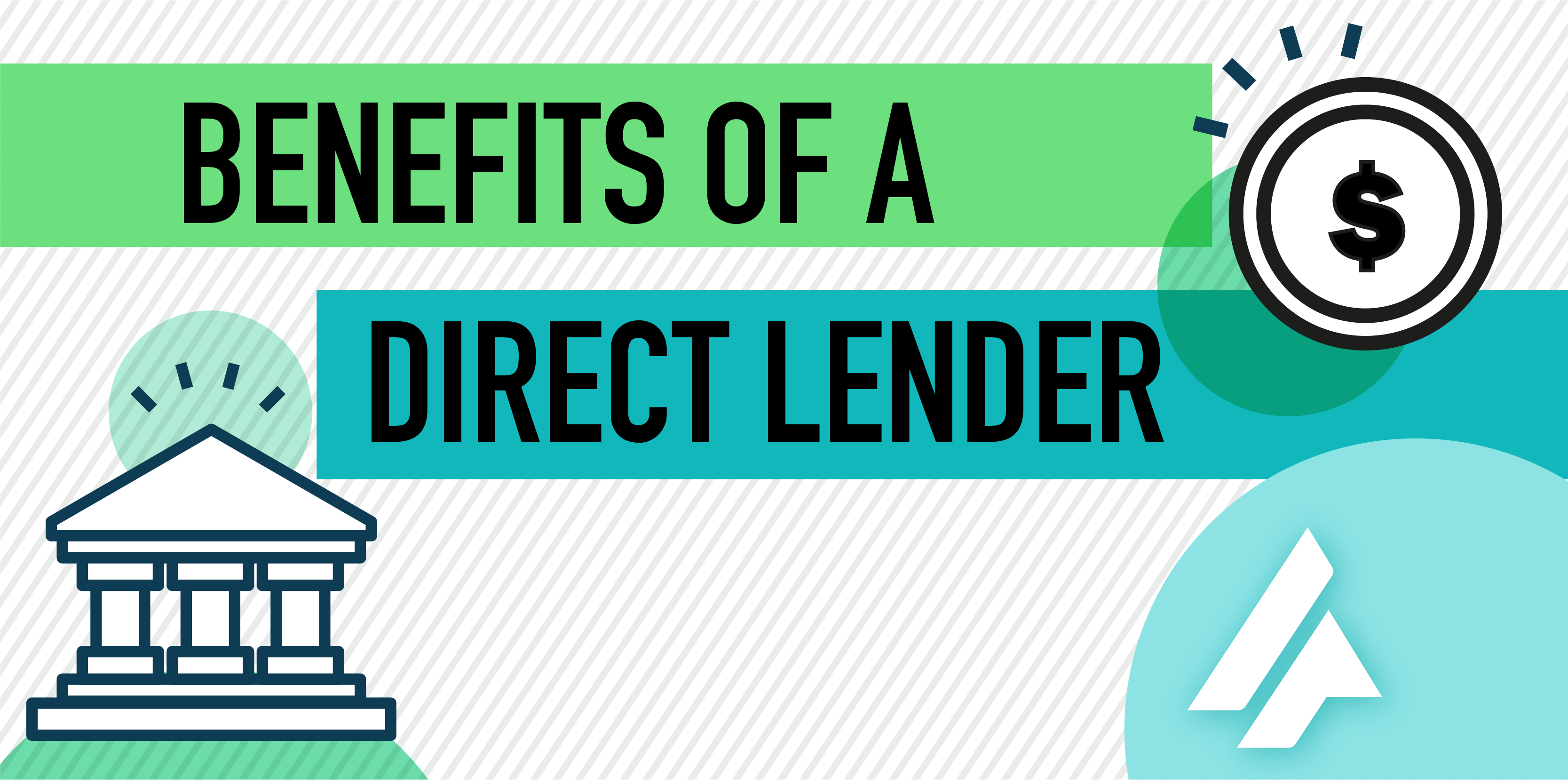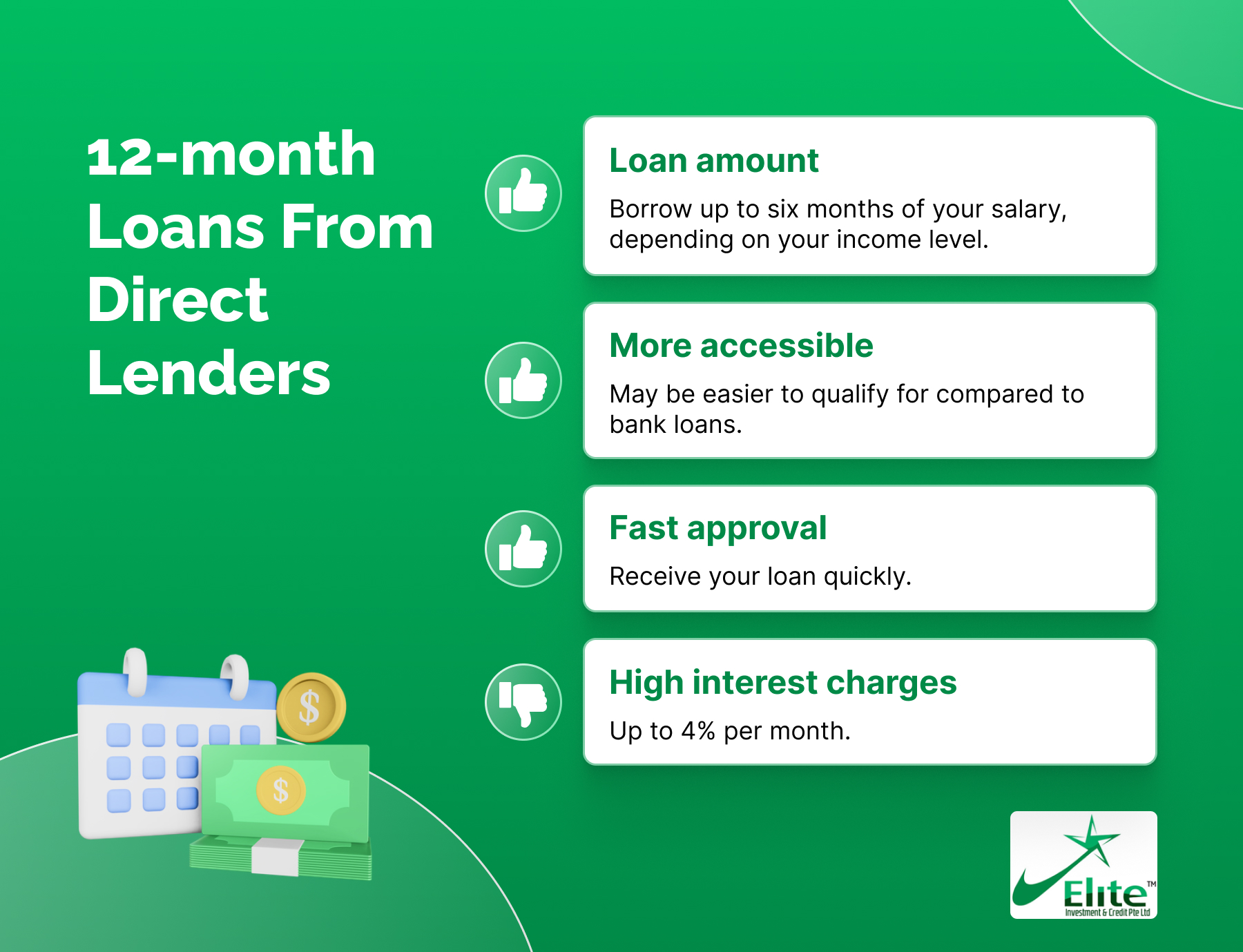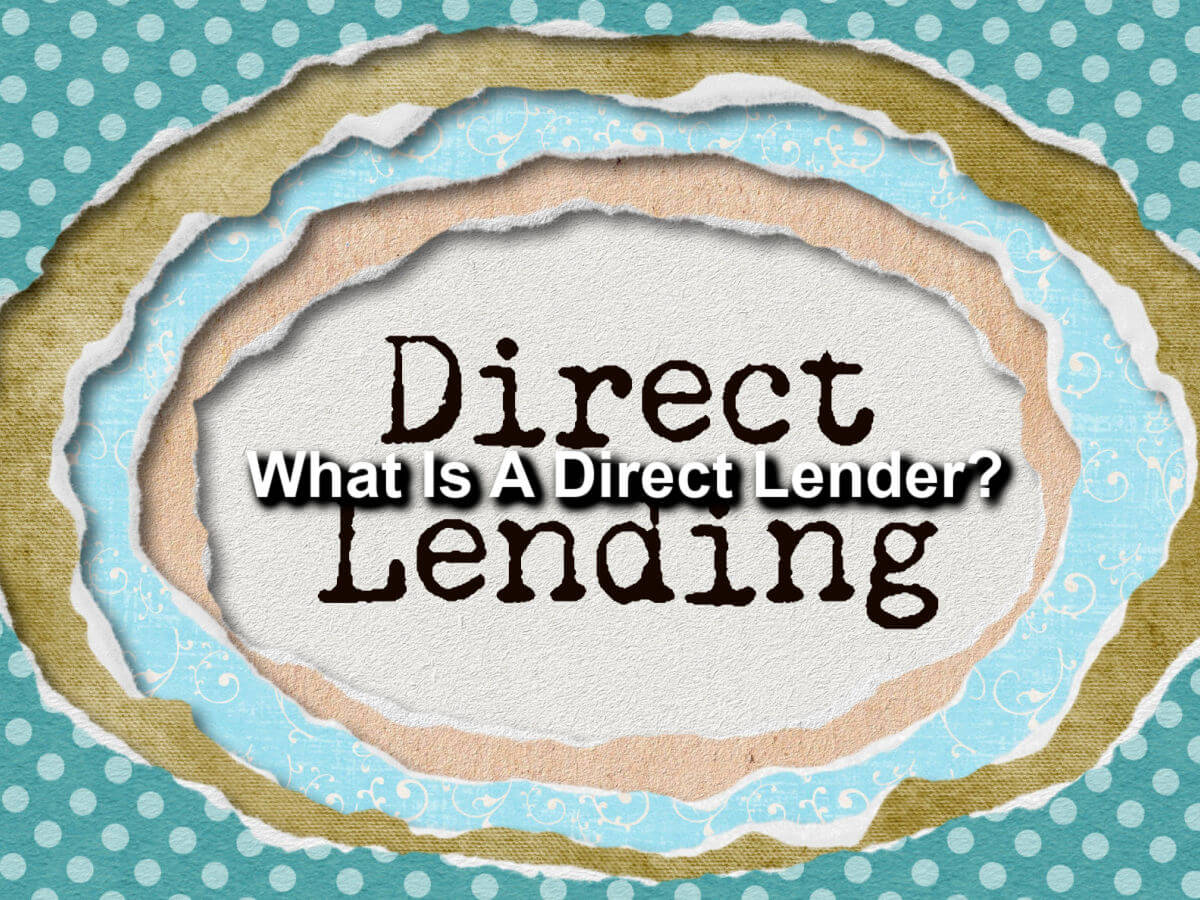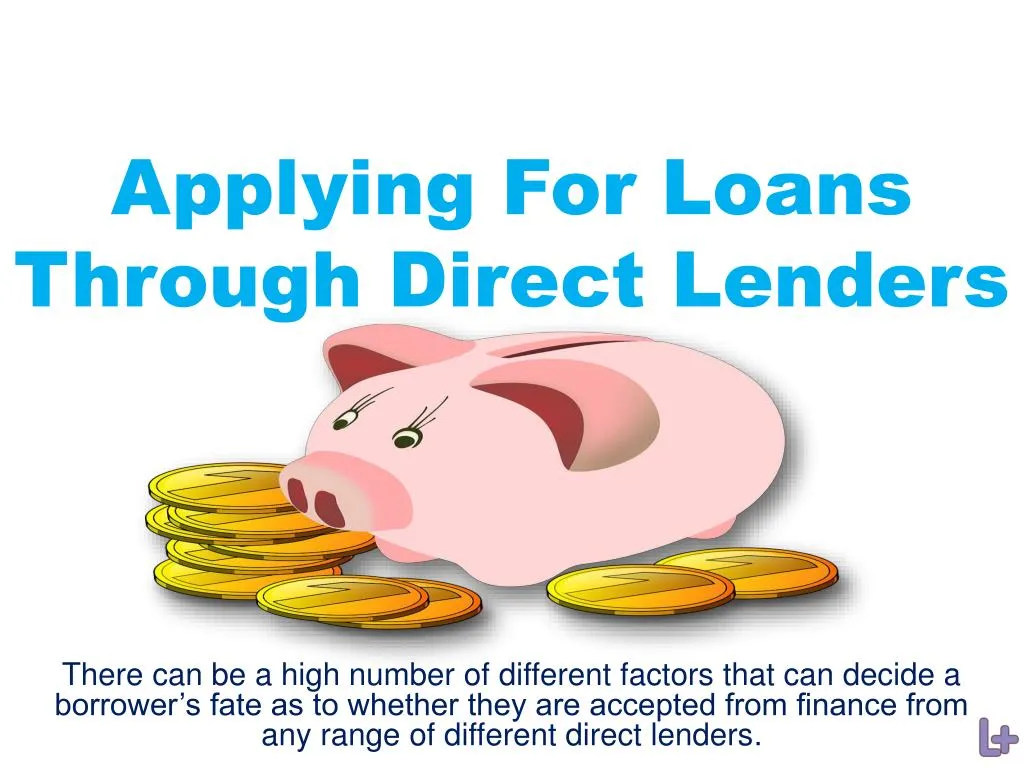What Is A Direct Lender Loan

Navigating the world of loans can be complex, with various lenders and loan types available. One option that borrowers often encounter is a direct lender loan. Understanding what this entails is crucial for making informed financial decisions.
A direct lender loan is a loan provided directly by the financial institution to the borrower, without an intermediary. This contrasts with indirect lending, where a third party, such as a broker, facilitates the connection between borrower and lender.
Understanding Direct Lending
Direct lenders are financial institutions that use their own capital to fund loans. These institutions include banks, credit unions, and online lenders. Because they handle the entire loan process internally, they often have more control over underwriting criteria and loan terms.
This direct interaction between the borrower and the lender is a key characteristic. It allows for a streamlined process compared to indirect lending. The borrower works directly with the source of the funds, potentially leading to quicker approval and funding times.
Key Differences: Direct vs. Indirect Lending
The fundamental difference lies in the presence or absence of a middleman. Indirect lending involves a broker or intermediary who shops around for the best loan terms on behalf of the borrower. In contrast, direct lending eliminates this intermediary, offering a more direct path to obtaining funds.
This difference can affect the cost of the loan. Indirect lenders often charge fees for their services, adding to the overall cost for the borrower. Direct lenders may have lower fees or no fees at all.
The speed of the loan process can also differ significantly. Direct lenders often have faster processing times due to the lack of third-party involvement. This can be particularly important for borrowers who need funds urgently.
The Direct Lending Process
The direct lending process typically starts with an application submitted directly to the lender. The lender then assesses the borrower's creditworthiness and financial situation.
This assessment usually involves reviewing credit reports, income verification documents, and other relevant financial information. Based on this assessment, the lender decides whether to approve the loan and sets the loan terms, including interest rate and repayment schedule.
If the loan is approved, the borrower receives the funds directly from the lender. The borrower then repays the loan according to the agreed-upon terms. This entire process is managed internally by the direct lender.
Advantages of Direct Lending
Several advantages are associated with direct lending. One key advantage is the potential for faster approval and funding times.
The direct communication with the lender can also lead to a more personalized experience. Borrowers can directly discuss their financial situation and needs with the lender.
Another potential benefit is the possibility of lower fees. Without a middleman to pay, borrowers might save money on origination fees, broker fees, or other charges associated with indirect lending.
"Direct lending provides a streamlined and transparent process for borrowers," notes a recent report by the Consumer Financial Protection Bureau (CFPB) on loan origination trends.
Potential Drawbacks
While direct lending offers several advantages, it's not without potential drawbacks. Borrowers need to conduct their own research to find the best loan terms.
Because they are not working with a broker, borrowers are responsible for comparing rates and terms from different lenders. This can be time-consuming and require careful consideration. Also, direct lenders may have more stringent credit requirements than some indirect lenders.
This could make it harder for borrowers with less-than-perfect credit to qualify for a loan. It is crucial to compare all available options before making a final decision.
Types of Direct Lenders
Direct lenders come in various forms. Banks are traditional direct lenders, offering a range of loan products to their customers.
Credit unions are another type of direct lender, often providing more favorable terms to their members. Online lenders have also become increasingly popular.
These online platforms offer a convenient way to apply for loans and often have competitive interest rates. However, it's important to carefully research any online lender before applying for a loan.
Impact on Borrowers and the Economy
Direct lending has a significant impact on borrowers and the overall economy. It provides access to capital for individuals and businesses, enabling them to pursue their financial goals.
For example, direct lending can help individuals finance home purchases, start businesses, or consolidate debt. This, in turn, can stimulate economic growth and create jobs.
The rise of online direct lenders has increased competition in the lending market. This has led to lower interest rates and more flexible loan terms for borrowers.
Conclusion
Direct lender loans offer a direct and streamlined path to obtaining funds. By understanding the advantages and potential drawbacks, borrowers can make informed decisions about their financing options.
Careful research and comparison of different lenders are essential to ensure the best possible loan terms. Whether it's a bank, credit union, or online lender, understanding the dynamics of direct lending can empower borrowers to achieve their financial goals.
Always review loan documents carefully and seek professional financial advice if needed. Making an informed decision is the best way to ensure a positive borrowing experience.


















